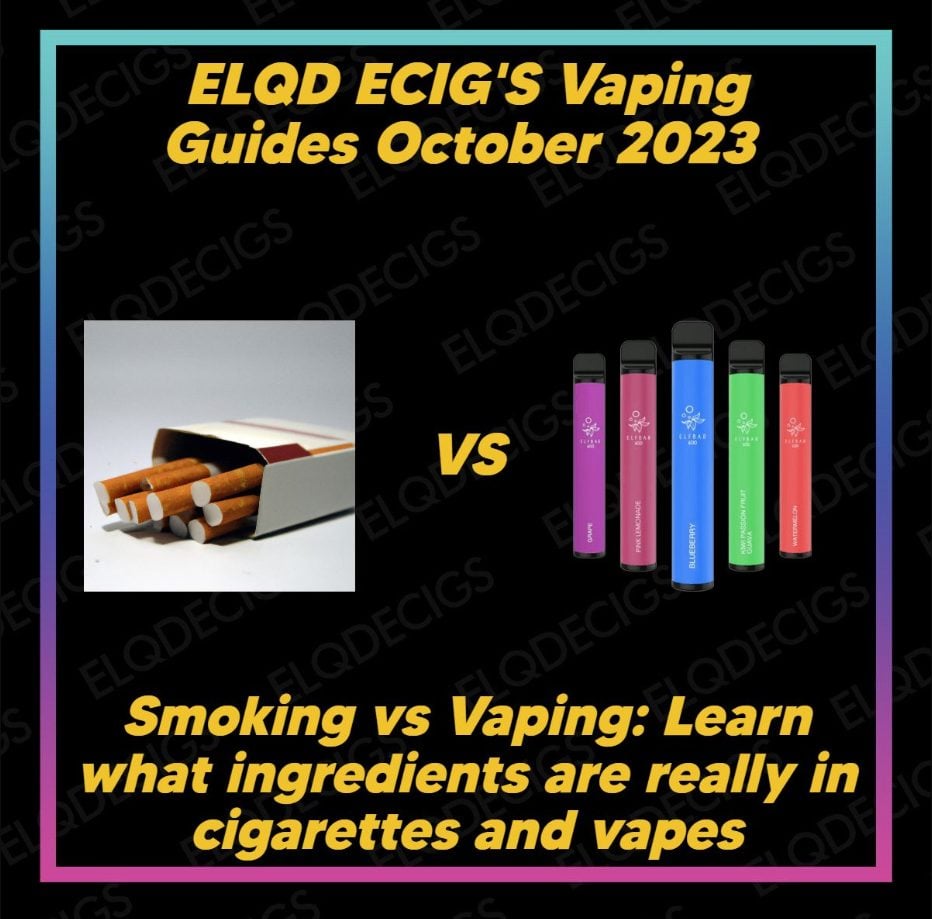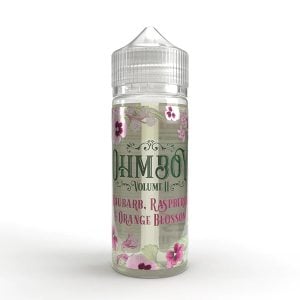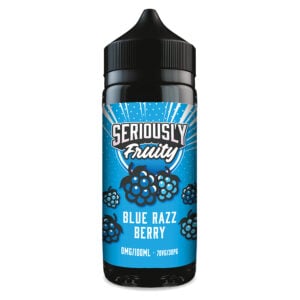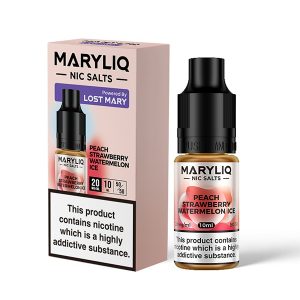There’s currently a large debate about smoking vs vaping, including what’s used in them and which is less detrimental to your health.
Tobacco smoking is the current leading threat to the population’s health in the UK & is responsible for around 8 million worldwide deaths per annum, according to WHO.
The most current studies have shown that vaping is 95% safer than smoking due to the absence of toxic and carcinogenic chemicals which are found in cigarettes, so is it any wonder that over 60% of current vapers are ex-smokers, with this percentage on the increase!
Throughout this article we’re going to take a deeper dive into a few of the chemical compounds found in cigarettes & then compare them with what’s found in a standard disposable vape or E-Liquid!
Chemical In Cigarettes: Benzene
When found in high concentrations such as in traditional cigarettes, exposure to benzene has been linked to causing leukaemia as it has been proven to change chromosomes in bone marrow cells. Due to this, the bone marrow is unable to produce enough red blood cells, thus increasing the potential of an individual suffering from anaemia.
The inhalation of this chemical can irritate the respiratory system, and may further cause coughing and shortness of breath. Furthermore, there have been reports that female smokers are at an increased risk of reproductive issues due to the inhalation of benzene at high levels, including irregular menstrual periods, delayed foetal development and low birth weights.
Chemical In Cigarettes: Acetaldehyde
Once a cigarette is burned, acetaldehyde is produced in tobacco smoke and is ingested alongside saliva. Studies have indicated that acetaldehyde is an irritant to the respiratory tract and has the potential to cause severe damage to lungs, with extended exposure associating it as a possible carcinogen.
Chemical In Cigarettes: 1,3-butadiene
Another chemical which is produced with cigarette smoke is 1,3-butadiene. High levels of exposure can cause damage to the central nervous system, with symptoms of lowered blood pressure and heart rate, blurred vision, nausea, fatigue and fainting.
Extended contact to the vapour may cause mild to moderate irritation to skin, eyes and the upper respiratory tract. 1,3-butadiene may also be carcinogenic, affecting the lymphatic system, blood and stomach. It’s further regarded as a possible teratogen. Teratogens are substances with the ability to cause congenital disorders in the development of a foetus.
Chemical In Cigarettes: Carbon Monoxide
Now for the most harmful chemical in traditional cigarettes, carbon monoxide. This poisonous gas clings to the red blood cells, permanently binding to one of the oxygen carrying proteins present on the surface of red blood cells. This leads to the red blood cells having a reduced or completely inhibited capability to carry oxygen to where it is needed in the body.
Chemical In Cigarettes & Vapes: Nicotine
The last chemical we’re going to touch on before we move onto the chemical components in vapes is nicotine. The greatest issue of nicotine in smoking is its addictive element, making it difficult to stub out those carcinogenic tobacco cigarettes which are so detrimental to our health. Apart from that, in the levels found in cigarettes and e-liquid, consumption of nicotine is not considered to be harmful, however when used in excessive amounts it can cause several side effects such as confusion, dizziness & nausea.
Linking to this, nicotine is also one of the main chemical components found in disposable vapes, we’ll use the favoured Pineapple Ice Lost Mary as our example.
It has been shown to negatively affect the development of adolescents’ brains, further underlining why there is a ban on the sales of tobacco/vapes to those under the age of 18.
However, studies have shown that nicotine has caused an increase in stimulation and spatial awareness as well as being a relaxant for users. Further research has shown that it suppresses the appetite and can increase metabolism.
Medical evidence has also highlighted that nicotine may be beneficial in the prevention and treatment of multiple health issues such as Parkinson’s and Alzheimer’s disease, alongside reducing the risk of preeclampsia, bowel ulcers and regulating brain activity of individuals with schizophrenia diagnosis.
Chemical In Vapes: Propylene Glycol
Due to being non-toxic and non-carcinogenic, with medical workers recognising it as safe for use in inhalers and additional oral, intravenous and skin applied medication and treatment, there’s no reason for concern when propylene glycol is used in disposable vapes and e-cigarettes. Additionally, propylene glycol is used as a preservative in foods, and toiletries like shampoo, toothpaste and face cleansers.
Chemical In Vapes: Vegetable Glycerine
As it is a vegetable-based chemical, vegetable glycerine is not considered toxic or unsafe for inhalation in vaping. It is also often used in cough medicine, toiletries, makeup, as a sweetener in food products and a thickening agent in alcoholic drinks. However, when vaped at extreme high temperatures, individuals may experience side effects such as a sore throat, dry mouth and irritation around the nasal and eye area.
Chemical In Vapes: Flavourings
Just like vegetable glycerine and propylene glycol, natural and artificial flavourings are found in a variety of foods, with no evidence to show that they cause harm when ingested or inhaled. This is what produces those delicious flavours in the likes of our Pineapple Ice Lost Mary, as well as many more disposables and E-liquids.
So that’s a wrap on what chemicals you’ll find in cigarettes vs vaping! We hope you found this article helpful and informative whether you’re new to vaping or a vaping veteran and if you’ve any further questions, feel free to leave them in the comments!






